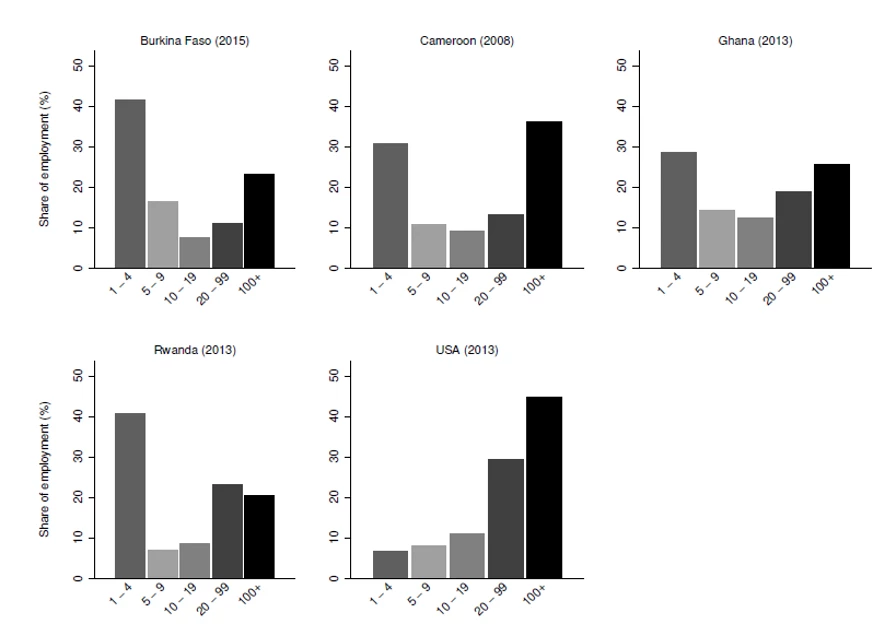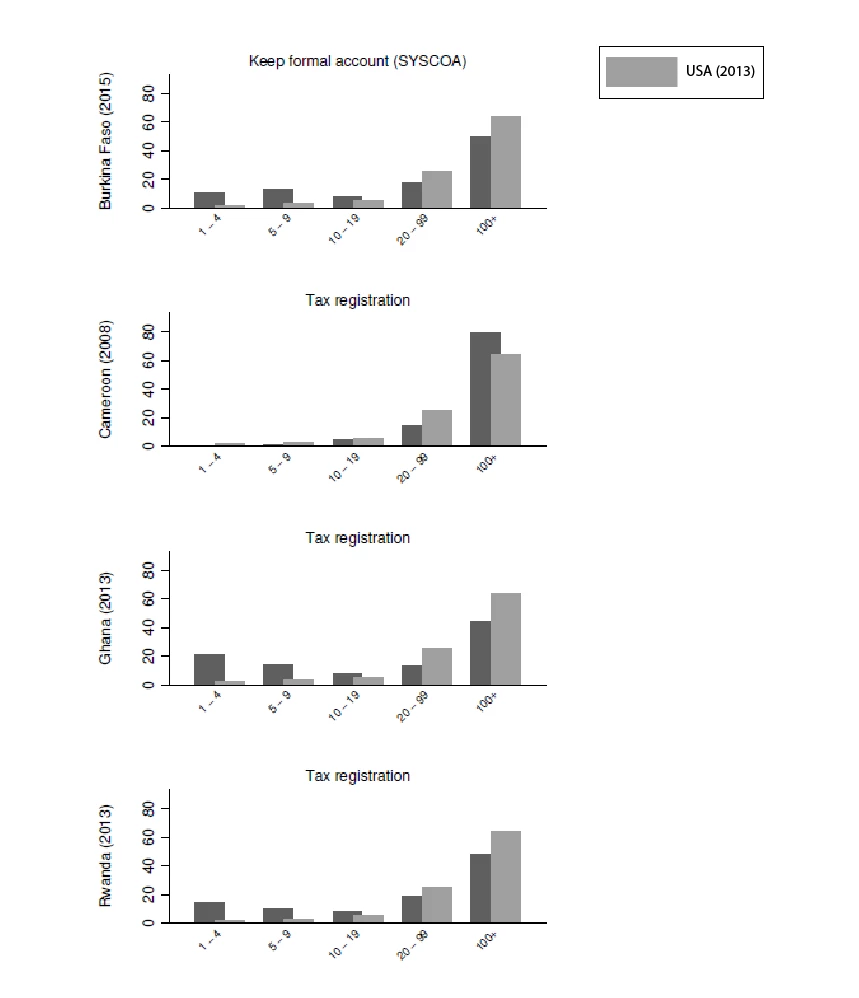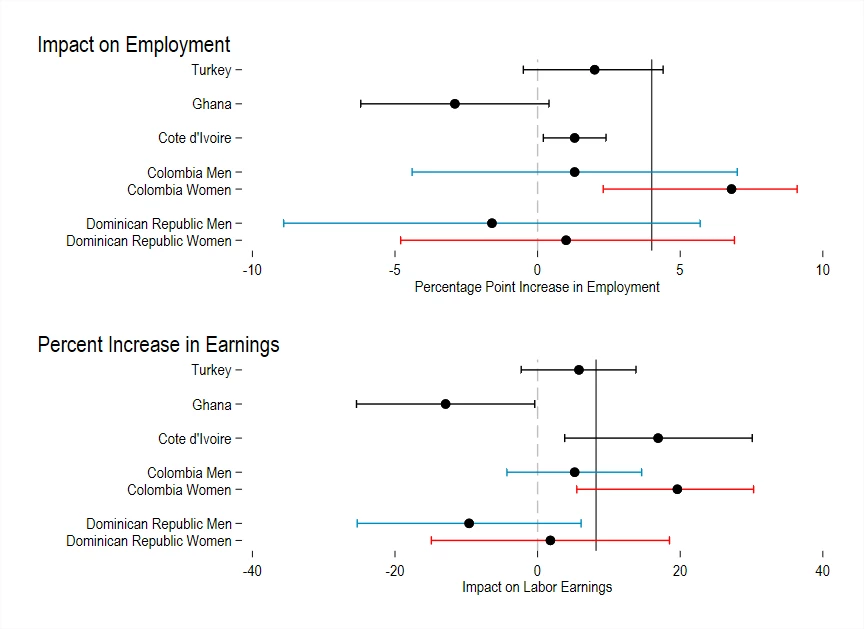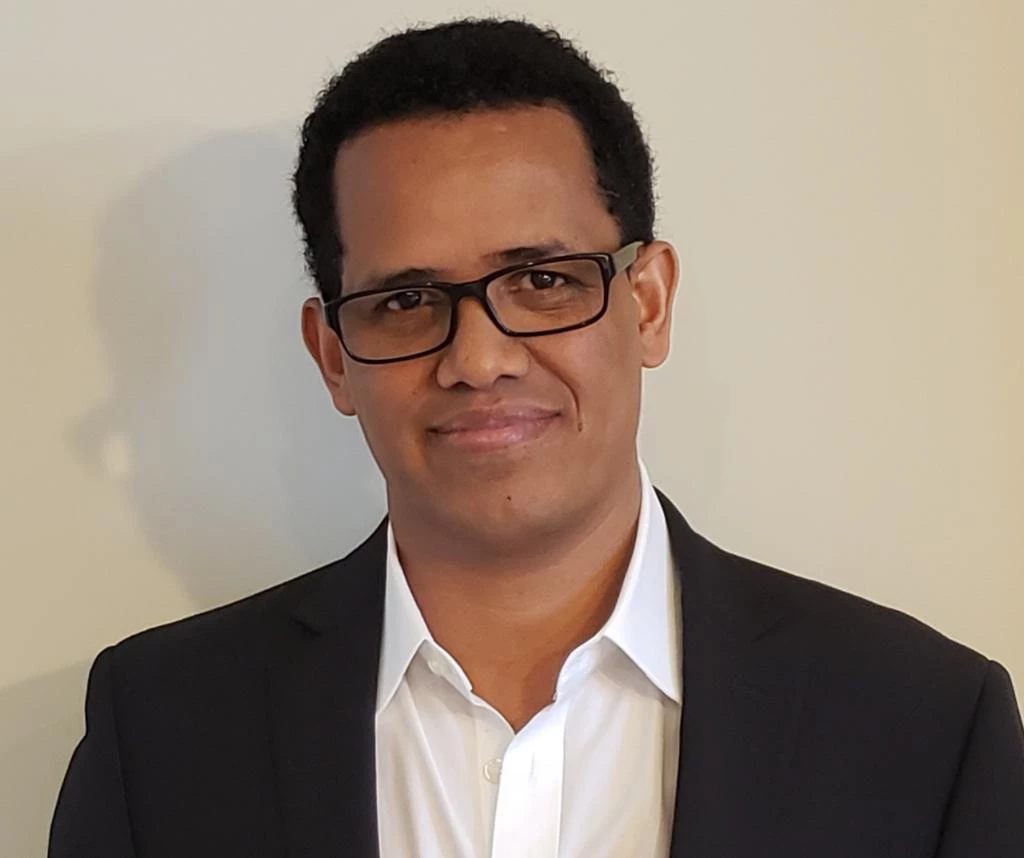 Medium-sized manufacturing firms account for a relatively low employment share. Photo: K M Asas / World Bank
Medium-sized manufacturing firms account for a relatively low employment share. Photo: K M Asas / World Bank
In the quest to identify plausible explanations for the gap in total factor productivity (TFP) between advanced and developing economies, recent studies have focused on cross-country differences in the size distribution of firms (see e.g., Tybout 2000, Bento and Restuccia 2017, Fattal Jaef 2022). A rooted conjecture is that the size distribution of firms in developing countries exhibits a missing middle, reflecting market frictions and policy distortions that discourage production at an intermediate scale.
However, the literature evaluating this hypothesis has not been conclusive. Two of the most influential papers arrive at seemingly opposite conclusions: Hsieh and Olken (2014) argue that there is no evidence of bimodality in the size distribution of manufacturing firms, while Tybout (2000, 2014) argues that the share of manufacturing employment taking place in medium-sized plants is relatively low compared to advanced economies.
Even though studying a firm-size distribution might sound simple, the availability of such information proves to be an extremely binding constraint in many developing economies. A critical difficulty resides in obtaining data that covers the entire spectrum of firms, including informal firms. In a new paper, we revisit the missing middle hypothesis by taking advantage of comprehensive firm-level data that include informal firms from four sub-Saharan African economies , a region where some underlying frictions and distortions are likely considerable.
We argue that the missing middle is an elusive concept. A binary existence statement arguably obscures the relevance of the matter. In that sense, we take a step back from the controversy and uncover three key findings. First, we find evidence of missing middle in the distribution of employment shares. Second, the preponderance of informal firms is the main driver of the missing middle. Third, the missing middle does not arise at entry.
1. Medium-sized manufacturing firms account for a relatively low employment share
We find evidence of “missing middle” in the distribution of employment shares. Most of the workers are employed in either small or large firms, and employment in the middle-size categories is well below the share of employment in the other size categories. For the United States, the monotonic increase in the distribution of employment shares across size classes confirms a major difference in the structure of manufacturing between developing and developed countries. The underrepresentation of middle-sized firms in aggregate employment is robust to changing the size cutoffs. The “missing middle” phenomenon does not depend on how we slice the data; rather it reflects the inherent feature of the size distribution in the sample countries. Moreover, the “missing middle” is not attributed to the few yet large foreign-owned firms or state-owned enterprises.
Figure 1: Employment distributions (formal and informal firms)
2. The preponderance of informal firms is the main driver of the “missing middle”
We found that informal firms are behind the emergence of the “missing middle” in the employment distribution. Formal firms constitute a very small subsample of manufacturing plants in sub-Saharan Africa, and their size distribution is strikingly different from the rest of manufacturing. n particular, it is comparable to the size distribution of developed countries (Figure 2).
Figure 2: Formal employment distributions
3. The “missing middle” does not arise at entry
The “missing middle” pattern is not visible in the size distribution of entrants, which suggests that it is the outcome of how firms evolve over their life cycle. Specifically, our results suggest the “missing middle” emerges due to stagnant informal businesses and growing formal producers conditional on survival. Formal firms experience employment reallocation toward larger size classes as the firm cohort ages, whereas the firm size distribution among informal firms remains stable.
Figure 3: Employment distribution among entrants
Another key component in explaining the “missing middle” and its driving forces is the role of entry barriers and productivity-dependent idiosyncratic distortions. The paper uses research to show that calibrated values of entry barriers and productivity-dependent idiosyncratic distortions generate a “missing middle” that is consistent with its underlying drivers in the data.
Why should we care about the “missing middle”?
A “missing middle” is often interpreted as having too few “mid-sized firms” and sometimes raise calls for policies focusing on small and medium enterprises. While these policies can be useful, the issue of the “missing middle” should be interpreted more broadly – a preponderance of small informal firms and larger firms that fail to absorb the workforce. A “missing middle” indicates that there is scope for shifting workers from small enterprises into medium-sized and larger ones. Given that larger firms tend to be more productive due to economies of scale, this shift would imply a productivity gain.
A “missing middle” is a useful metric because it shows that there is unrealized potential for the reallocation of labor across firms. This is particularly important in sub-Saharan African economies, where there are few large formal firms and many small and informal firms that do not grow. Thus, policies to reduce informality by lowering registration costs and improving enforcement and measures to mitigate existing distortions to firm growth more generally need to go together.









Join the Conversation